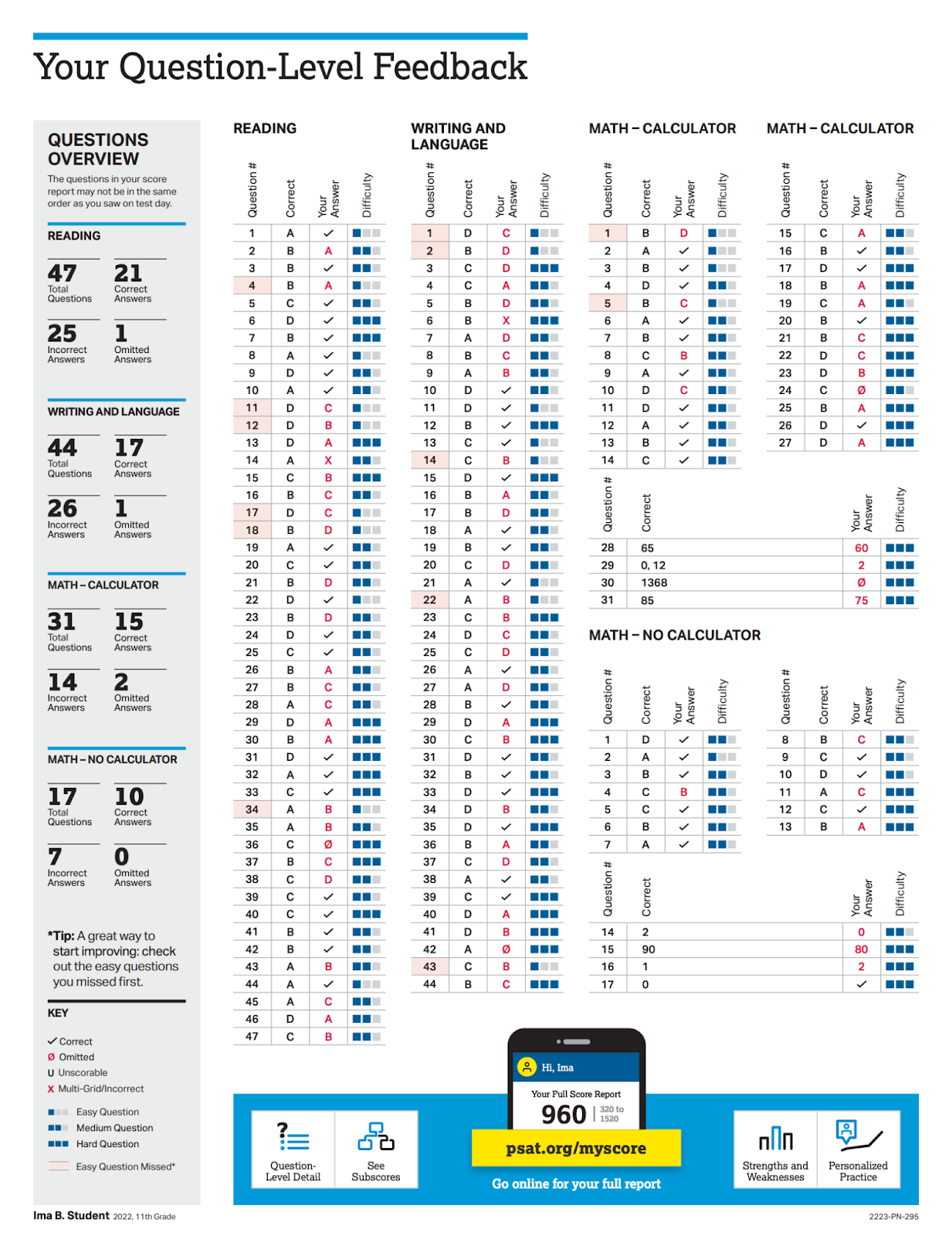ESM Welcomes College MatchPoint to the Team! Learn More
.jpg)
In March 2024, the SAT is going digital for good, and the PSAT will be digital this fall too. With both test and score report format changing, the traditional usefulness of the PSAT will shift too. Here's how to make the best use of the new PSAT, no matter your situation.
In March 2024, the SAT is going digital for good. Because the new digital adaptive SAT represents a drastic shift in format, scoring, and logistics from the paper-based test that runs through December 2023, the College Board has decided to give the October PSAT the same digital adaptive format and structure in order to give students an idea of what to expect in 2024.

In normal years, the PSAT has little direct impact on the college process for the vast majority of high-school students. Though most juniors across the United States are required to take the PSAT, its scores are not considered as part of the college admissions process. Students that score very highly on the test (in the top 1%, at a minimum) may be recognized as a National Merit Semifinalist or Finalist, and approximately half of the latter group are awarded small scholarships.
To date, the PSAT’s best use was as a de facto diagnostic SAT for juniors planning to take the SAT in the spring. By December, these students would receive a score report that included a question-by-question breakdown of the test so that they could effectively analyze their strengths and weaknesses in each section. They could then begin their SAT prep for the Spring test with a firm idea of how they needed to improve.

Because of the new format of the digital SAT and PSAT, however, students will likely not receive a question-by-question breakdown of the test. If the PSAT reports are consistent with the digital SAT score reports given to international students this year, students will only get a vague analysis of their performance across a handful of question types.

Unless students are shooting for a near-perfect score for National Merit consideration, the only real uses for the 2023 PSAT are to give them a preview of the new platform and format as well as an approximation of where their SAT score stands at that time (with little guidance on how to improve it).
Thankfully, there are a number of ways to use this test and other available resources to get the same level of feedback needed to move students’ test prep process forward. We’ve broken out our advice on how to do so below based on a few common situations:
Juniors who plan to take the paper SAT or ACT in the fall semester should take the PSAT without any preparation to see how the experience compares to the test they are already planning to take. These students will only need to take the digital SAT in the spring if they do not reach their target score on the paper SAT or ACT in the fall semester (or on the February ACT), so the PSAT score is a sufficient point of comparison. Additionally, students can get an idea of the differences between tests, such as the length of reading passages and the availability of Desmos on the digital PSAT/SAT.
Juniors who plan to take the digital SAT or ACT in the spring semester should take a practice digital SAT or PSAT via the Bluebook App or via our own digital testing platform. These practice tests give you the question-by-question breakdown necessary to determine exactly how a student can improve upon their score and can therefore serve as an appropriate diagnostic that they can compare to their ACT diagnostic.
If you have any questions regarding how the PSAT factors into your testing plans, please don’t hesitate to contact your ESM counselor or mentor.